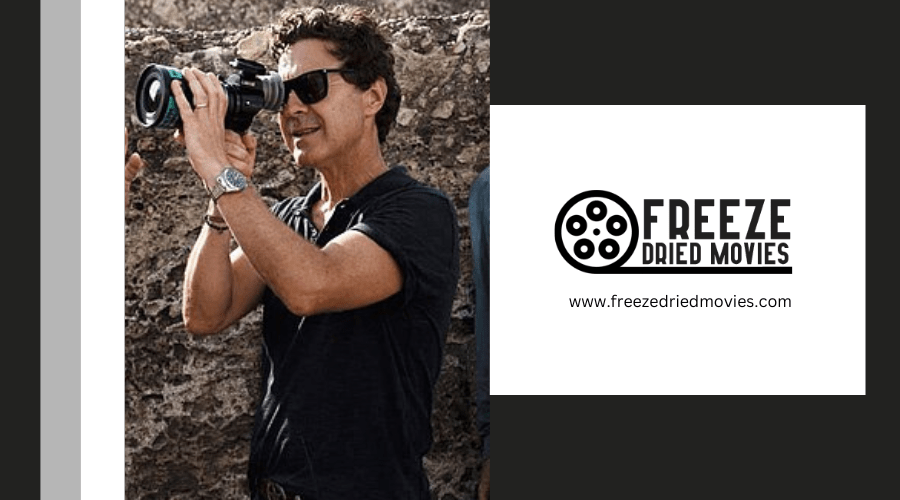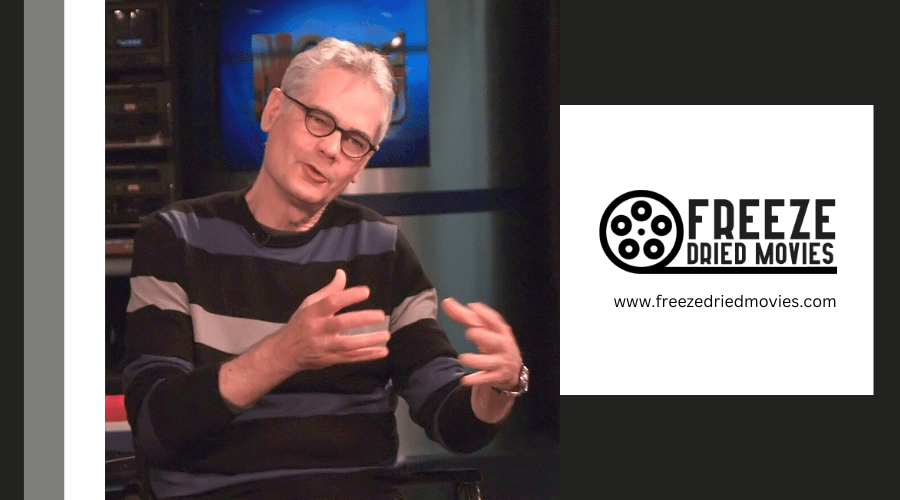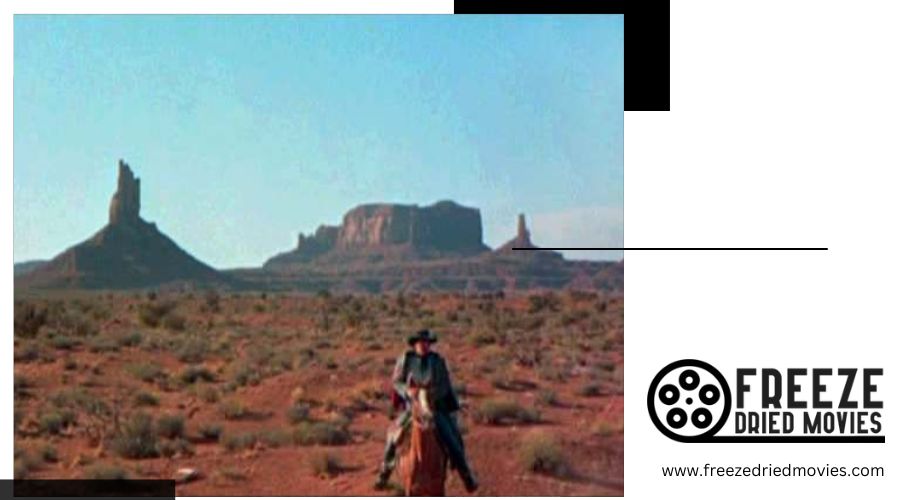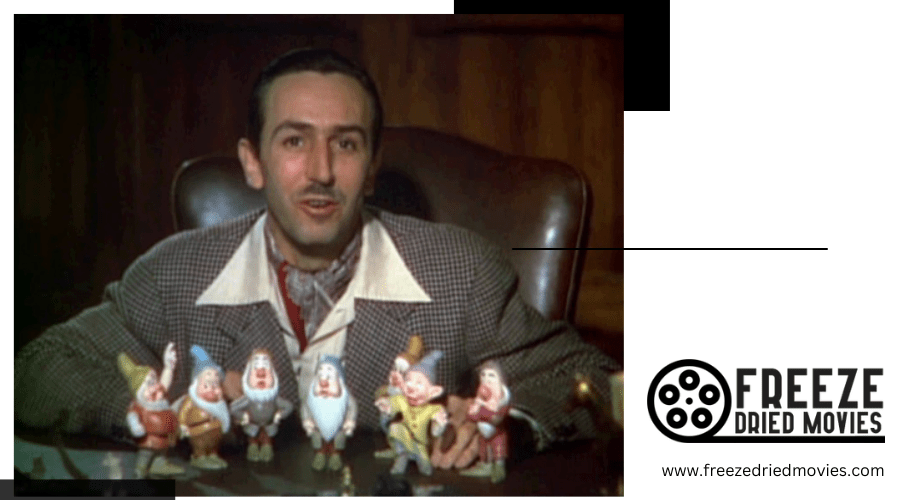Dion Beebe: Crafting Emotion and Drama Through Versatile Cinematography

Dion Beebe's cinematography masterfully translates emotion through versatile techniques. You'll notice his intimate approach with the ARRI Alexa 65 in "I Am Woman," where he shifts from New York's cool tones to LA's warmth. He seamlessly blends CGI with live-action in "The Little Mermaid" and uses period-specific lighting to authenticate historical narratives. His collaborative spirit with directors like Ang Lee and Unjoo Moon guarantees visual storytelling that profoundly captures characters' internal journeys. Discover how his technical prowess creates cinematic magic.
Key Takeaways
- Beebe adapts visual language through color temperature shifts, exemplified in the transition from New York's cooler tones to LA's warmth in "I Am Woman."
- His masterful use of ARRI Alexa 65 creates intimate framing and classic visual aesthetics while efficiently managing large format challenges.
- Beebe's cinematography communicates characters' emotional journeys through strategic camera movement, lighting changes, and compositional choices.
- He employs period-specific lighting techniques to authenticate historical moments while maintaining visual consistency across multi-decade narratives.
- Beebe's collaborative approach with directors combines technical expertise with sensitivity to performance, resulting in visually distinctive storytelling.
The Visual Language of Intimate Storytelling in "I Am Woman"
When capturing Helen Reddy's personal and professional journey, cinematographer Dion Beebe ACS ASC embraced an intimate visual approach that evolves with the narrative's emotional landscape. Utilizing the ARRI Alexa 65 paired with Prime DNA lenses, Beebe crafted a visual language that shifts seamlessly from New York's cooler, claustrophobic tones to Los Angeles' warmer, expansive aesthetics.
His two-camera setup prioritized performances while lightweight LED lighting (supplemented by occasional HMIs) allowed for nimble shooting conditions that maximized available light. Camera movement and handheld shots were deliberately employed to reflect the protagonist's emotional journey, with lighting subtly transforming to mirror the deterioration of Reddy's marriage. Similar to how Technicolor's three-color process revolutionized visual storytelling in 1940s cinema, Beebe's technical choices strategically enhance the emotional impact of each scene. This technical versatility, combined with Beebe's close collaboration with director Unjoo Moon, enabled intimate storytelling despite budget and time constraints.
Mastering the Art of Large Format With ARRI Alexa 65
When you observe Beebe's cinematography approach with the Alexa 65, you'll notice four distinct characteristics:
Beebe's Alexa 65 technique reveals a masterful balance between technical precision and creative vision throughout the production.
- Intimate framing that creates a classic visual language despite the larger format
- Strategic camera movement that accommodates the increased data requirements
- Lightweight LED lighting setups with occasional HMIs maintaining cinematic quality
- Thoughtful composition during musical sequences that leverages the format's advantages
The director-cinematographer collaboration between Beebe and his wife Unjoo Moon enabled efficient shooting despite the challenging 30-day schedule and the technical demands of large format production. His techniques reflect the industry's transformation through LED lighting technology, which has dramatically improved production quality while offering cinematographers greater flexibility in creating atmospheric scenes.
Blending Underwater CGI and Live-Action in "The Little Mermaid"
To tackle the complex visual challenge of "The Little Mermaid," Dion Beebe and director Rob Marshall commenced a year-long development process that would seamlessly integrate CGI underwater sequences with live-action footage. Rather than using performance capture, the cinematographer opted for filming actors against blue screen rigs to preserve authentic live-action elements.
Beebe conducted extensive tests to perfect the underwater aesthetics, collaborating with colorist Michael Hatzer to establish separate color workflows for underwater and surface scenes. The lighting of subaquatic sequences presented the greatest challenge, requiring meticulous control of timing, camera movement, and choreography to successfully blend CG tails with live performances.
The visual effects achievement ultimately relied on Beebe's close partnership with Marshall, Hatzer, and the VFX team—creating a cohesive underwater world that convincingly merged with reality. Beebe's techniques echo the pioneering optical effects technology of 1940s cinema that first enabled filmmakers to merge multiple images into seamless visual narratives.
Color Theory and Visual Progression in Period Narratives
While Beebe's underwater innovations in "The Little Mermaid" showcased his technical expertise, his work on "I Am Woman" demonstrates his masterful application of color theory to enhance storytelling. You'll notice Beebe's sophisticated visual style creates emotional resonance through deliberate color palettes—cooler, claustrophobic tones for New York scenes reflecting relationship deterioration, contrasted with Los Angeles' warm, bright aesthetics signaling the protagonist's ascent.
The visual impact of Beebe's approach includes:
- Lighting changes that track emotional progression across a 30-year narrative span
- Period-specific lighting techniques authenticating each historical moment
- On-screen lighting for performance sequences grounding the film in its era
- Strategic color and contrast choices maintaining a consistent visual look
Beebe's cinematography doesn't just capture images—it communicates the characters' internal journeys through a carefully crafted visual language. His work echoes the revolutionary dye transfer printing techniques of 1930s Technicolor that elevated the emotional impact of classic Hollywood films through precise color control.
Collaborative Approaches With Directors: From Ang Lee to Unjoo Moon
Throughout his distinguished career, Dion Beebe has forged meaningful partnerships with diverse directors, each collaboration yielding unique visual languages. His work with Ang Lee on "Gemini Man" showcased his technical prowess in high-frame-rate cinematography to create a younger version of the protagonist.
Beebe's collaboration with his wife, director Unjoo Moon, on "I Am Woman" demonstrates a different approach. Their intimate connection fostered constant communication during the tight 30-day shoot, allowing Beebe's cinematography to effectively convey Helen Reddy's emotional journey. Using ARRI Alexa 65 cameras with prime lenses, he created a classic cinematic look while employing thoughtful visual storytelling—contrasting claustrophobic, cooler New York scenes with warmer Los Angeles sequences. This attention to narrative tone extended to his careful selection of crew members who could sensitively capture the film's paramount performances.




